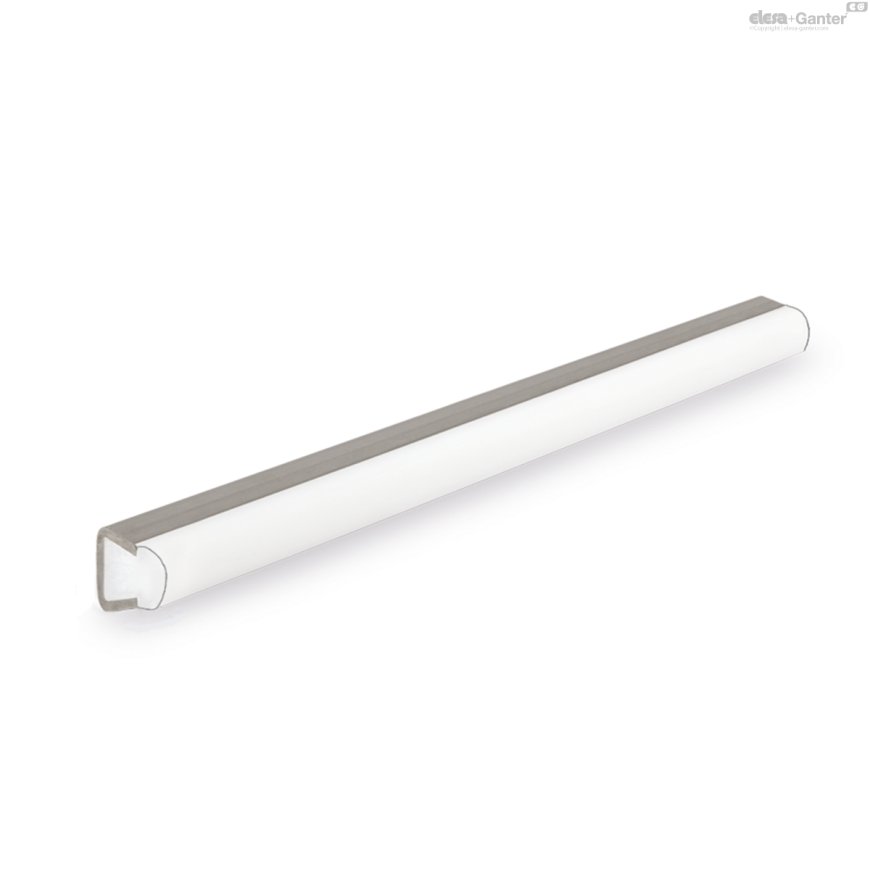A Comprehensive Guide to Guide Rails: Types, Applications, and Best Practices

Guide rails are a critical component in many mechanical and industrial systems, providing essential support, direction, and stability. Whether you're involved in designing machinery, working in manufacturing, or maintaining infrastructure, understanding guide rails and their applications can significantly impact performance and safety. This guide will cover the fundamentals of guide rails, explore different types and their uses, and provide best practices for maintenance and installation.
1. What Are Guide Rails?
Guide rails are structural components designed to provide linear guidance and support to moving parts in various systems. They ensure that components follow a specified path, reducing friction and wear, and enhancing the precision and stability of mechanical operations. Commonly found in industries such as automotive, manufacturing, and construction, guide rails play a crucial role in ensuring smooth and efficient operation.
2. Types of Guide Rails
Guide rails come in various types, each suited to specific applications and requirements. Here are some of the most common types:
- Linear Guide Rails: These are designed to provide linear motion along a single axis. They are often used in applications like CNC machines, robotic arms, and automated assembly lines. Linear guide rails typically feature a rail and a carriage that moves smoothly along it, reducing friction and wear.
- Roller Guide Rails: Equipped with rollers, these guide rails are designed to handle high loads and provide smooth motion. They are commonly used in heavy-duty applications such as conveyor systems and material handling equipment.
- Cylindrical Guide Rails: These guide rails use cylindrical bearings or rollers to guide movement. They are suitable for applications where high precision and smooth operation are required, such as in precision machinery and automation systems.
- Magnetic Guide Rails: Utilizing magnetic forces, these guide rails provide contactless support and guidance. They are often used in applications where reducing friction and wear is critical, such as in cleanroom environments and specialized machinery.
3. Applications of Guide Rails
Guide rails are used in a wide range of applications across various industries. Some notable examples include:
- Automotive Industry: Guide rails are used in vehicles for various purposes, such as in sliding doors, sunroofs, and seat adjustment mechanisms. They ensure smooth operation and enhance safety features.
- Manufacturing and Automation: In manufacturing, guide rails are essential for CNC machines, assembly lines, and conveyor systems. They help achieve precise movement, reduce friction, and improve overall efficiency.
- Elevators and Escalators: Guide rails are crucial for the smooth and safe operation of elevators and escalators. They provide stability and ensure that the moving parts follow a precise path.
- Construction: Guide rails are used in construction equipment such as cranes and hoists to provide stability and guide movement. They are also used in building facades and structural systems to enhance safety and performance.
4. Choosing the Right Guide Rail
Selecting the appropriate guide rail for your application involves considering several factors:
- Load Capacity: Ensure that the guide rail can support the weight and load of the moving parts. Different types of guide rails have varying load capacities, so choose one that meets your specific requirements.
- Environment: Consider the operating environment, including factors like temperature, humidity, and exposure to chemicals. For harsh environments, choose guide rails made from durable and corrosion-resistant materials.
- Precision and Accuracy: For applications requiring high precision, such as in CNC machines, select guide rails that offer minimal play and high accuracy.
- Maintenance Requirements: Evaluate the maintenance needs of the guide rail system. Some guide rails require regular lubrication and inspection, while others are designed to be low-maintenance.
5. Best Practices for Maintenance and Installation
Proper maintenance and installation are essential for ensuring the longevity and performance of guide rails. Here are some best practices:
- Regular Inspection: Periodically inspect guide rails for signs of wear, damage, or misalignment. Look for issues such as excessive play, noise, or uneven movement.
- Lubrication: Ensure that guide rails are properly lubricated according to the manufacturer's recommendations. Proper lubrication reduces friction, prevents wear, and extends the life of the guide rail system.
- Alignment: During installation, ensure that guide rails are correctly aligned and secured. Misalignment can lead to uneven wear and affect the performance of the system.
- Cleanliness: Keep guide rails and their surroundings clean to prevent contaminants from affecting their performance. Regularly clean the rails and remove any debris that may cause friction or damage.
- Replacement: Replace guide rails that show signs of significant wear or damage. Continuing to use worn-out guide rails can lead to decreased performance and potential safety hazards.
6. Innovations in Guide Rail Technology
Recent advancements in guide rail technology have led to the development of more sophisticated and efficient systems. Innovations include:
- Advanced Materials: The use of new materials, such as composite and high-strength alloys, enhances the durability and performance of guide rails.
- Smart Guide Rails: Integration of sensors and monitoring systems allows for real-time tracking of guide rail performance, providing valuable data for predictive maintenance.
- Modular Systems: Modular guide rail systems offer flexibility and ease of installation, allowing for customizable configurations and quicker adjustments.
Conclusion
Guide rails are a fundamental component in many mechanical and industrial systems, providing essential support and precision. Understanding the different types of guide rails, their applications, and best practices for maintenance and installation can help you select the right guide rail for your needs and ensure optimal performance. As technology continues to advance, staying informed about the latest innovations can further enhance the efficiency and reliability of guide rail systems in your projects.
What's Your Reaction?





























